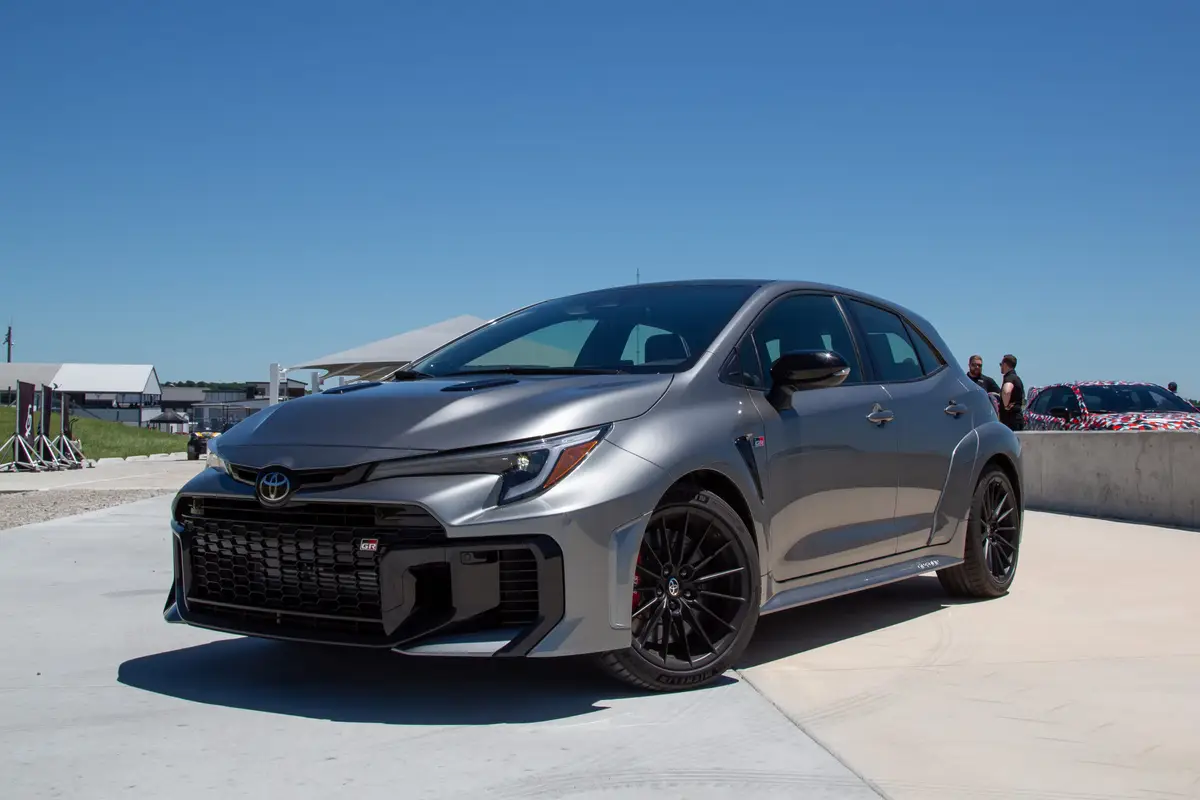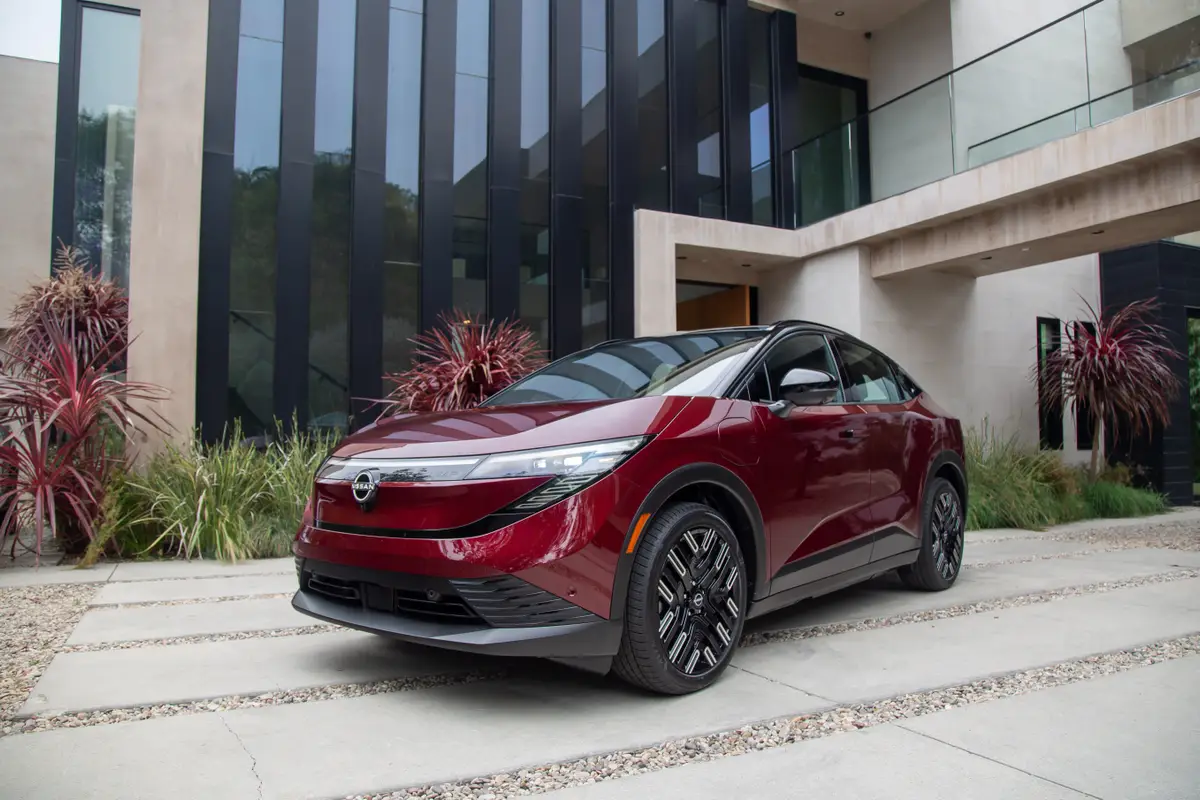With Higher Gas Prices, Some Drivers Ditch Premium


Yesterday we learned why, despite rising gas prices, midgrade and premium fuel remain about 10 and 20 cents extra per gallon, respectively. One unexpected finding: Despite the hike remaining constant all these years, more drivers may now be ditching pricier fuel for the regular stuff.
It’s a bit counterintuitive. Proportionally, premium gas costs 6% more than regular today. In 1995 it cost 17% more, according to EPA historical data. As prices rise, it would make sense for the extra cost of premium fuel to seem comparatively smaller. But that isn’t the case, says the Oil Price Information Service, a provider of information and analysis to the oil industry. A decade ago, about 50% of drivers filled up with midgrade or premium, OPIS director of retail pricing Fred Rozell told us. Today the proportion of midgrade and premium buyers has dwindled to around 10% in certain markets, he said.
How is this possible, given brands like BMW and Mercedes — whose cars largely use premium— posted all-time U.S. sales records last year?
A few possibilities: First, the market at large is still moving toward fuel-efficient vehicles. J.D. Power analyst Tom Libby acknowledged this trend. Although the luxury market has been increasing until a recent leveling off, the overall market has moved distinctly toward four-cylinder engines and away from V-6s and V-8s, Libby said. Most four-cylinders run on regular fuel.
Second, yesteryear drivers of non-luxury cars may have been more accepting of the myth that a periodic tank of premium was good for engines that didn’t necessarily need it. Today, higher prices may dissuade them from taking such liberties.
The third — and most interesting — possibility: Faced with sky-high pump prices, more drivers could be dismissing their cars’ octane recommendations and going with whatever is cheapest.
Ralph Gilligan, president of the Petroleum Marketers Association of America, said as much: “When prices are very high, people really try to substitute, see if their car runs well on 87 [octane],” Gilligan said. “If it won’t, they try 89, and then as the last resort, they’ll try the higher premium.”
That’s an understandable response, Libby said. He even related his own story of regularly using premium gas in a luxury car he owned until a friend with the same model told him he’d stuck with regular. Libby switched over and never looked back; now he says he’s “skeptical” of certain fuel recommendations.
We recommend going with whatever your owner’s manual says, but we can certainly understand why premium might seem like fool’s gold. Many models that recommend premium can still run on regular without incurring engine knocking — the result of user lower-octane fuel than your car needs. Doing so can result in a slight drop in horsepower or gas mileage — though not enough to offset the extra cost — so if it works, we’d be hard-pressed to tell you no. If you want to learn more, Ask.cars.com fleshes out the details on premium gas here.

Former Assistant Managing Editor-News Kelsey Mays likes quality, reliability, safety and practicality. But he also likes a fair price.
Featured stories




